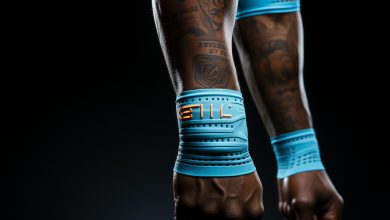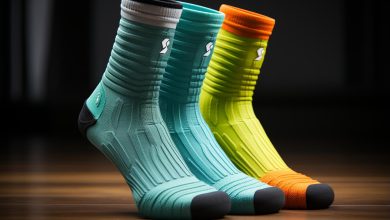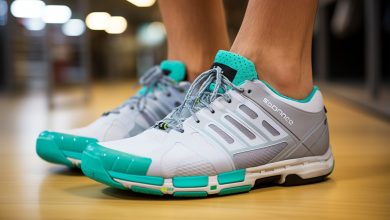The Best Compression Socks for Shin Splints
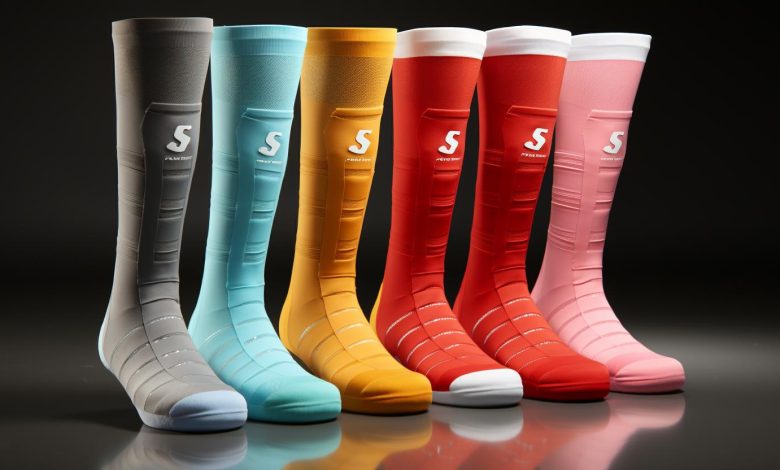
Are you tired of suffering from shin splints? Look no further! We’ve got the ultimate solution for you – the best compression socks for shin splints.
These magical socks work wonders by providing targeted support and pressure to your shins, relieving pain and promoting faster recovery.
With a wide range of options available, it’s important to choose the right pair that suits your needs.
In this article, we’ll guide you through everything you need to know about compression socks for shin splints, so you can make an informed decision and get back on track towards pain-free workouts.
Benefits of Compression Socks for Shin Splints
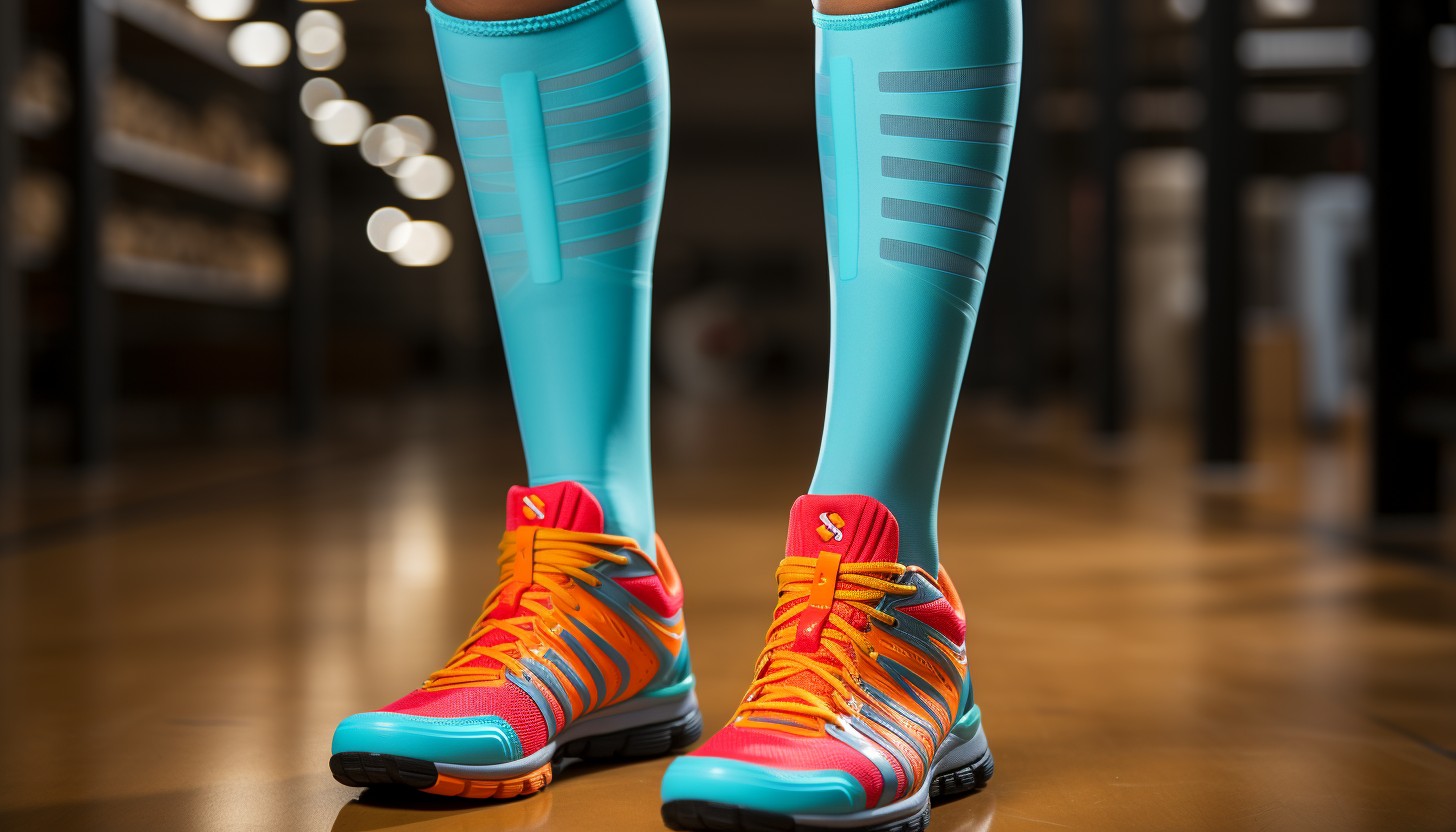
One of the benefits of wearing compression socks for shin splints is that they can help reduce swelling and inflammation. When you suffer from shin splints, it’s common to experience pain and discomfort in the lower leg area. Compression socks provide relief from this pain by applying gentle pressure to the affected area, which helps to alleviate swelling and inflammation.
In addition to reducing swelling, compression socks also play a crucial role in improving blood circulation. Shin splints occur when there is excessive stress on the muscles in your lower legs, leading to restricted blood flow. By wearing compression socks, you can enhance blood circulation in the affected area, allowing oxygen-rich blood to reach your muscles more efficiently.
Improved blood circulation not only aids in reducing pain but also promotes faster healing and recovery. The increased supply of oxygenated blood helps to remove metabolic waste products from your muscles, preventing muscle fatigue and soreness.
It’s important to note that not all compression socks are created equal when it comes to addressing shin splints. Look for graduated compression socks that apply maximum pressure at the ankle and gradually decrease towards the calf. This design ensures optimal therapeutic benefits while providing comfort throughout the day.
Overall, wearing compression socks for shin splints offers relief from pain and improved blood circulation, aiding in faster recovery and reduced discomfort during physical activities.
How to Choose the Right Compression Socks for Shin Splints

When choosing the right pair, make sure you consider factors such as your activity level and the level of compression that feels comfortable for you. It’s important to find the right footwear for shin splints in order to prevent further discomfort and promote healing.
Here are some key points to keep in mind when selecting compression socks for shin splints:
1. Activity Level: Consider the type of activities you engage in regularly. If you’re a runner or engage in high-impact exercises, look for compression socks that provide extra support and cushioning.
2. Level of Compression: Compression levels can vary, so it’s crucial to choose one that suits your needs. Mild compression is typically recommended for daily wear and prevention, while higher levels may be necessary for recovery from shin splints.
3. Alternative Treatments: While compression socks can help alleviate symptoms of shin splints, it’s important to consider other treatments as well. Resting, icing, stretching, and strengthening exercises are all effective complementary therapies.
By taking these factors into account when choosing your compression socks, you’ll be able to find the perfect pair that meets your specific needs and aids in the recovery process.
Now let’s explore the top features to look for in compression socks for shin splints…
Top Features to Look for in Compression Socks for Shin Splints
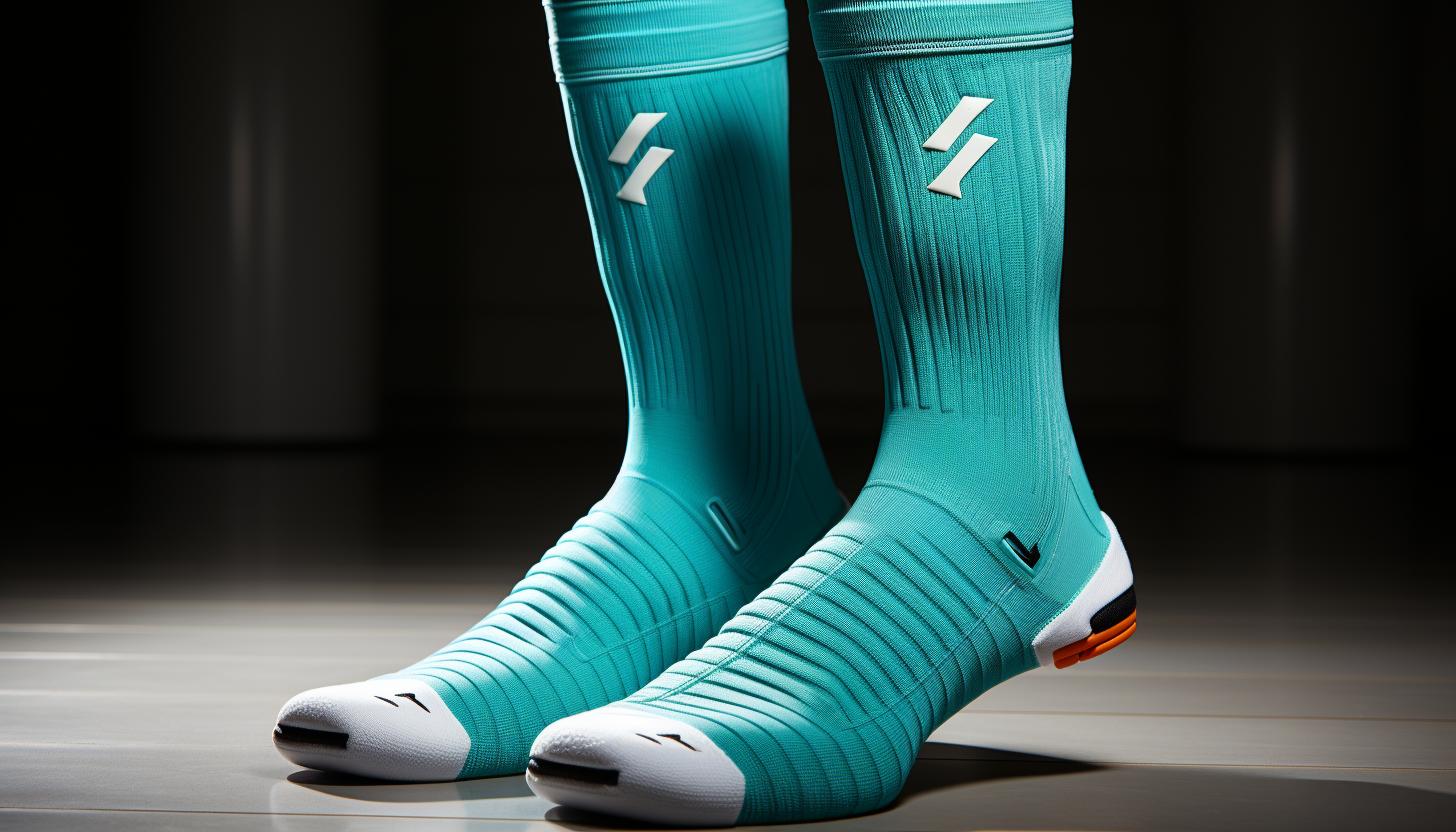
Consider the level of support and cushioning that will be most beneficial for your specific needs when selecting compression socks for shin splints. To make an informed decision, it is important to understand the key features to look for in compression socks. Two crucial aspects to consider are the materials used and the sizing options available.
Compression sock materials play a vital role in providing the desired level of support and comfort. Look for socks made from breathable and moisture-wicking fabrics such as nylon or polyester blends. These materials help keep your feet dry and prevent irritation during physical activities. Additionally, some compression socks incorporate specialized padding or extra cushioning at key areas like the heel or ball of the foot, which can provide added relief for shin splints.
When it comes to sizing, it is essential to find compression socks that fit properly. Ill-fitting socks may not provide adequate compression or may cause discomfort. Most brands offer sizing charts based on calf circumference and shoe size, so be sure to measure your calf accurately before purchasing. It’s also a good idea to check customer reviews for any feedback on sizing accuracy.
To summarize:
| Feature | Importance |
|---|---|
| Compression sock material | High |
| Cushioning | Medium |
| Proper sizing | High |
Best Compression Socks for Shin Splints Based on Customer Reviews

Check out what customers are saying about their favorite compression sock options for relieving shin splints. Compression socks have gained popularity as a potential solution for shin splints, offering support and improved blood circulation.
Here are three top-rated brands that customers rave about:
1. Sockwell: Customers love the effectiveness of Sockwell compression socks in reducing pain from shin splints. They appreciate the graduated compression levels that provide targeted support to the calf and shin areas. The moisture-wicking properties keep feet dry during intense workouts, while the seamless toe closure prevents irritation.
2. Physix Gear Sport: Many customers highly recommend Physix Gear Sport compression socks for their excellent performance in alleviating shin splint discomfort. These socks offer a snug fit without being overly tight, providing optimal compression and stability for runners and athletes. Made with durable materials, they withstand frequent use and washing.
3. SB Sox: SB Sox compression socks receive praise for their exceptional ability to relieve pain associated with shin splints. Customers appreciate the comfort and breathability these socks offer, allowing them to wear them comfortably throughout long training sessions or races. The reinforced arch support provides added stability and reduces fatigue.
When comparing different brands of compression socks for shin splints, it is important to consider factors such as level of compression, material quality, durability, comfort features like moisture-wicking properties or seamless construction, and customer reviews regarding effectiveness in relieving pain caused by shin splints.
Tips for Properly Using Compression Socks for Shin Splints

Properly using compression socks is essential for maximizing their effectiveness in relieving pain caused by shin splints.
When it comes to putting on your compression socks, there are a few techniques you should keep in mind. First, make sure to choose the right size for your legs. Compression socks that are too tight can restrict blood flow and cause discomfort, while ones that are too loose won’t provide enough pressure to alleviate the pain.
It’s also important to properly position the socks on your legs. Start by turning them inside out and then gradually pull them up over your calves, making sure they sit snugly but comfortably.
In addition to wearing compression socks correctly, there are other alternative treatments you can try to help relieve shin splint pain. One option is icing the affected area for about 15-20 minutes several times a day to reduce inflammation and numb the pain. Another effective method is performing calf stretches regularly, as tight calf muscles can contribute to shin splint discomfort. Additionally, taking over-the-counter nonsteroidal anti-inflammatory drugs (NSAIDs) like ibuprofen can help alleviate pain and reduce swelling.
Remember that while compression socks can be an effective tool in managing shin splints, it’s always best to consult with a healthcare professional for proper diagnosis and treatment options tailored specifically for you.
Conclusion
So, there you have it – the best compression socks for shin splints. By wearing these specially designed socks, you can experience relief from pain and discomfort caused by shin splints. Remember to choose the right size and look for features like graduated compression and moisture-wicking material.
Customer reviews are a great way to determine which socks may work best for you. And don’t forget to properly use the socks by putting them on correctly and following any additional instructions provided.
So why not give compression socks a try? They could be just what you need to alleviate your shin splint woes!


